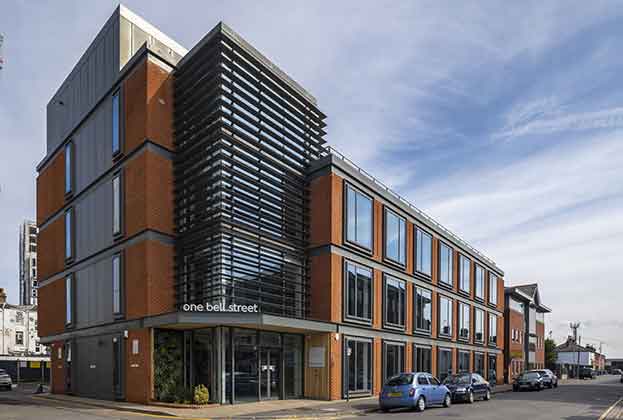The City of London’s working week looks different in 2023 than it did two years ago. Fewer people are generally in the office five days a week. On the days they are, there’s greater flexibility (in some cases at least) around when they arrive and leave. If you look around the office it seems as if fewer people bring in packed lunches, using their ‘office days’ to treat themselves to a shop-bought lunch.
This has been reflected within recent Food & Beverage (F&B) trading figures: Pret’s transaction index has recovered strongly with weekly figures (week ending 27 April 2023) indicating only a 2 per cent drop in transactions in the City compared to pre-pandemic levels. At its worst, Pret’s sales index in the City dropped 75 per cent (week ending 8 August 2021).
Pret’s return to near-normal sales in the City despite changes to working patterns is perhaps the result of increased propensity to spend on the days in the office, as well as other factors such as less competition following the closure of many café and takeaway options in 2020-21. As lifestyle patterns continue to evolve, both landlord and F&B operators are considering ‘what next?’
The Elizabeth Line opening in 2022 added another dimension to the way we move around London. There’s been a clear shift in footfall towards stations with Elizabeth Line access. Our research shows that on average Tuesday to Thursdays in January and February 2023, Farringdon and Moorgate both reported positive growth against equivalent pre Covid-19 levels. Farringdon also reported strong growth (+24 per cent) on the weekday average in January - February 2023 versus January - February 2020.
Looking into the net change in F&B units within a 10 minute walk from each station, the Elizabeth Line stations see comparatively less negative net closures. Moreover we have seen new occupier demand from café and takeaways,which we expect to continue to grow in 2023. With prime ZA rents rebased by approximately 34 per cent across key pitches in the City between Q1 2020 and Q1 2023, coupled with high availability and returning footfall, occupier demand is creeping back in on the right pitches.
As office occupancy levels remain much talked about and quite ambiguous, Savills data shows occupancy is approximately 50 per cent below max capacity across our portfolio of managed London offices, whereas the pre-pandemic average occupancy was nearer 75 per cent. This being said, across the managed estate, which includes the Leadenhall Building amongst others, those offices in London capturing daily data are seeing occupancy levels from Tuesday to Thursday rise to 70 per cent.
As we continue to evaluate how we structure our working week and where we work from, what we do know in terms of how it’s playing out in the City’s real estate requirements is that it’s reducing commute times: of the 14 largest pre-lets in the last three years over 100,000 sq ft, including Clifford Chance at 2 Aldermanbury Square, Kirkland & Ellis at 40 Leadenhall Street, and Allen & Overy at 5 Broadgate, the average distance from a tube station is 0.175 miles (281 metres). Out of this sample, the furthest distance from a tube station was 0.3 miles. This is the equivalent to a three minute 45 second walk.
We’ve also seen the creation of micro hubs around larger recently completed/under construction developments that are close to transport connections. And while our working week may look different, F&B still plays a prominent role in the City and where some units have closed, others have opened or are expecting to later in the year.
Further information
Contact Will Wilson or Josh Arnold
Tall buildings or towers? It’s not the height, it’s the heart





.jpg)

.jpg)
.jpg)

(1).jpg)